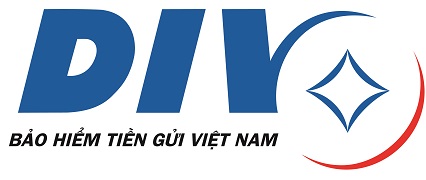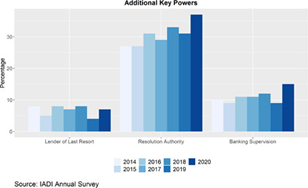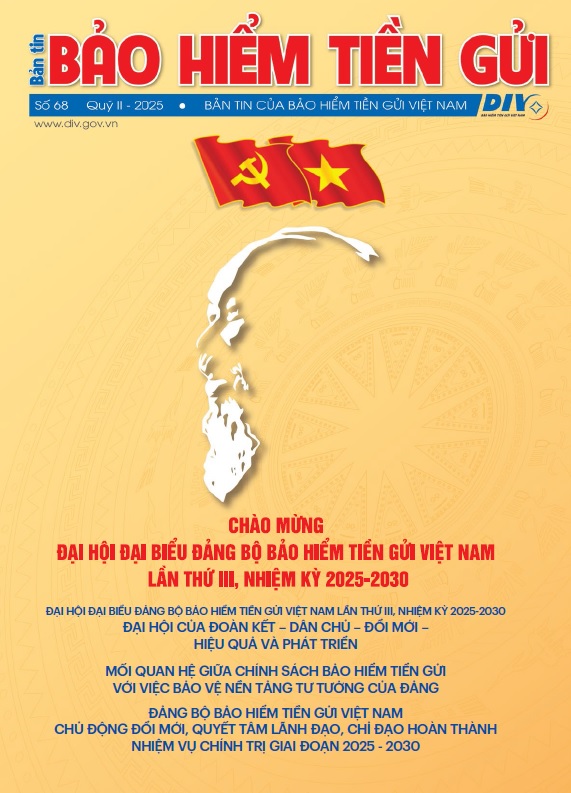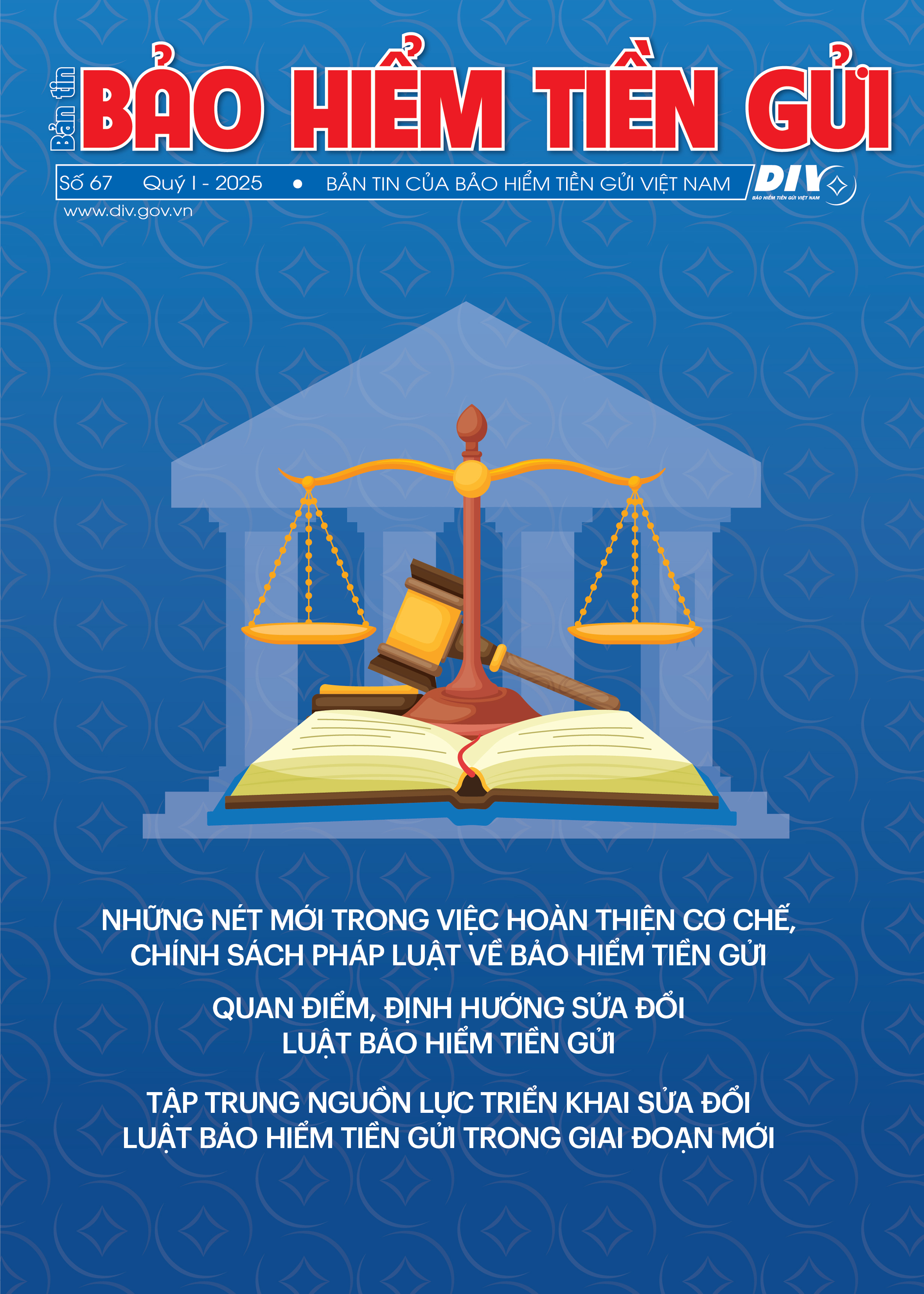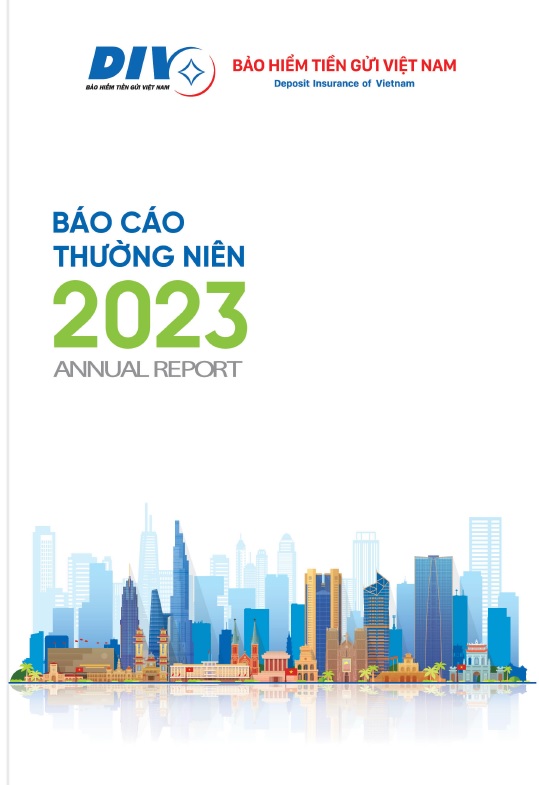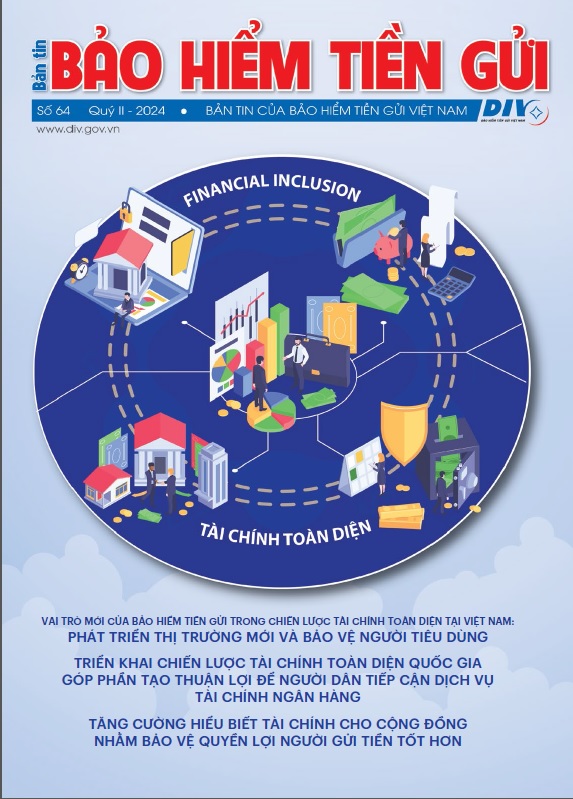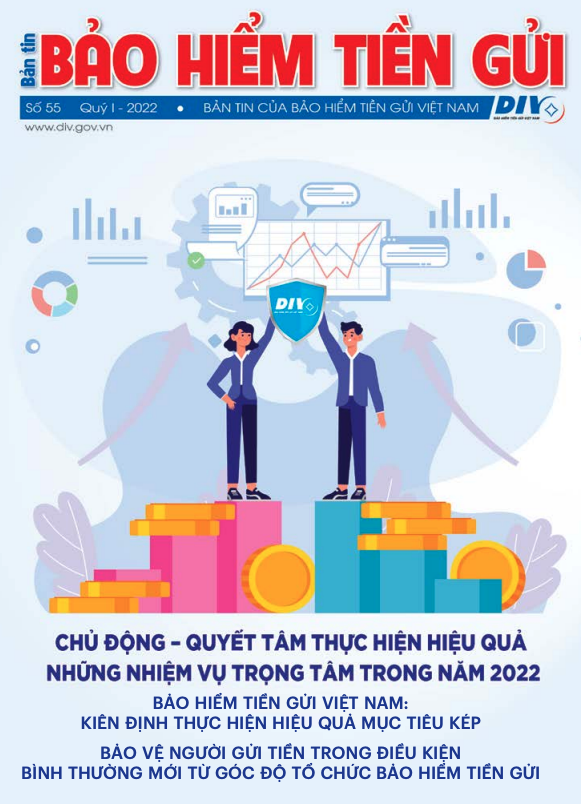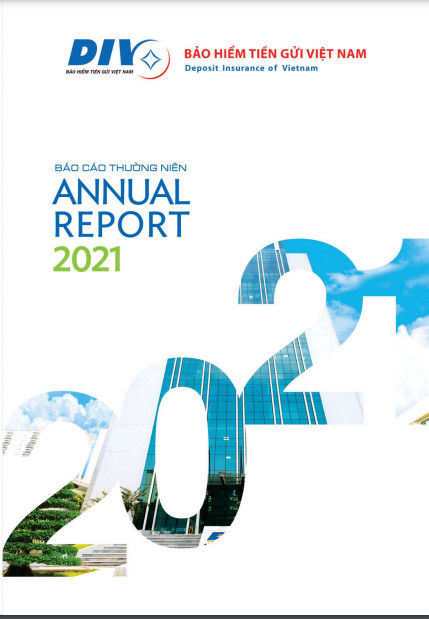Differences in social impact
For commercial insurance, we often think of companies such as Manulife, Prudential, MB Ageas Life, or Bao Viet Life, which are units that offer a range of products to protect customers from health to property. On participating in commercial insurance, we sign a contract with the insurance company and pay the full periodic premium to receive protection.
Meanwhile, in Vietnam, the Deposit Insurance of Vietnam (DIV) is the sole organization responsible for implementing the DI policy. DI carries broader social significance through the protection of tens of millions of depositors at insured institutions, including commercial banks, cooperative banks, people's credit funds, foreign bank branches, and microfinance institutions. The DI policies help protect the interests of depositors when credit institutions encounter problems, ensuring the safe and healthy operation of the banking system. Accordingly, it strengthens people's confidence and contributes to maintaining national financial security, especially during a crisis.
Core aspects
To tell the basic differences between commercial insurance and deposit insurance, let's evaluate the core aspects of these two types of insurance.
About the operational objectives
Commercial insurance: Focusing on protecting individuals or businesses against specific risks such as illness, accidents, or property damage. It is a personalized product tailored to individual needs.
Deposit insurance: Aiming to protect the interests of depositors and maintain the stability of the entire financial-banking system. It is a public policy, which carries significant social implications.
About the legal mechanism
Commercial insurance: A civil transaction based on a contract between the policyholder and the insurance company. Customers have the right to choose whether or not to participate.
Deposit insurance: A mandatory policy for credit institutions that receive deposits in VND from individuals. Accordingly, commercial banks, cooperative banks, people's credit funds, foreign bank branches, and microfinance institutions are required to participate in DI system. Depositors are automatically protected when depositing money at these institutions.
About the provider
Commercial insurance: Provided by private or joint-stock insurance companies which operate for profits.
Deposit insurance: Implemented by the DIV - a state financial institution with the non-profit goal of protecting the interests of depositors and contributing to ensuring the safety and soundness of the banking system.
About the participants and protected subjects
Commercial insurance: Customers (individuals, enterprises) are the participants, who pay premiums and are protected under the contract.
Deposit insurance: Commercial banks, cooperative banks, people's credit funds, foreign bank branches, and microfinance institutions are member institutions of the DI system and shall pay premiums to the DIV. Depositors are protected without paying DI premiums.
Reimbursement and coverage limit
Commercial insurance: When an incident (such as an accident, illness, or property damage) occurs, the customer must file a claim for compensation. The insurance company will consider and pay all or part of the damage depending on the terms of the contract.
Deposit insurance: When the insured institutions become insolvent or bankrupt, the DIV will pay deposit insurance to depositors up to a fixed limit, or in accordance with the decision of the Prime Minister upon the proposal of the State Bank of Vietnam.
Proactively learning about commercial insurance and deposit insurance
In general, commercial insurance and deposit insurance, despite both having the name "insurance", serve different purposes, in which:
Commercial insurance: It is a personal choice that helps protect customers’ health, assets, or financial plans against specific life risks.
Deposit insurance: It is a public policy of the State that protects the rights of depositors and plays a crucial role in ensuring the stability of the financial-banking system.
Understanding the fundamental differences between these two types of insurance will help individuals make informed financial decisions. When depositing money at an insured institution, depositors can rest assured their legitimate rights are protected by the DIV.
As for commercial insurance, people should proactively choose the appropriate service package; read and keep the contract and related documents carefully to ensure their rights in the event of a claim.
Commercial insurance and deposit insurance both play crucial roles in the economy. Therefore, when people proactively learn and understand the benefits of these two insurance models, they will feel more secure when depositing money at credit institutions, as well as building a solid foundation for their personal financial security.
Department of Research and International Cooperation (translation)
